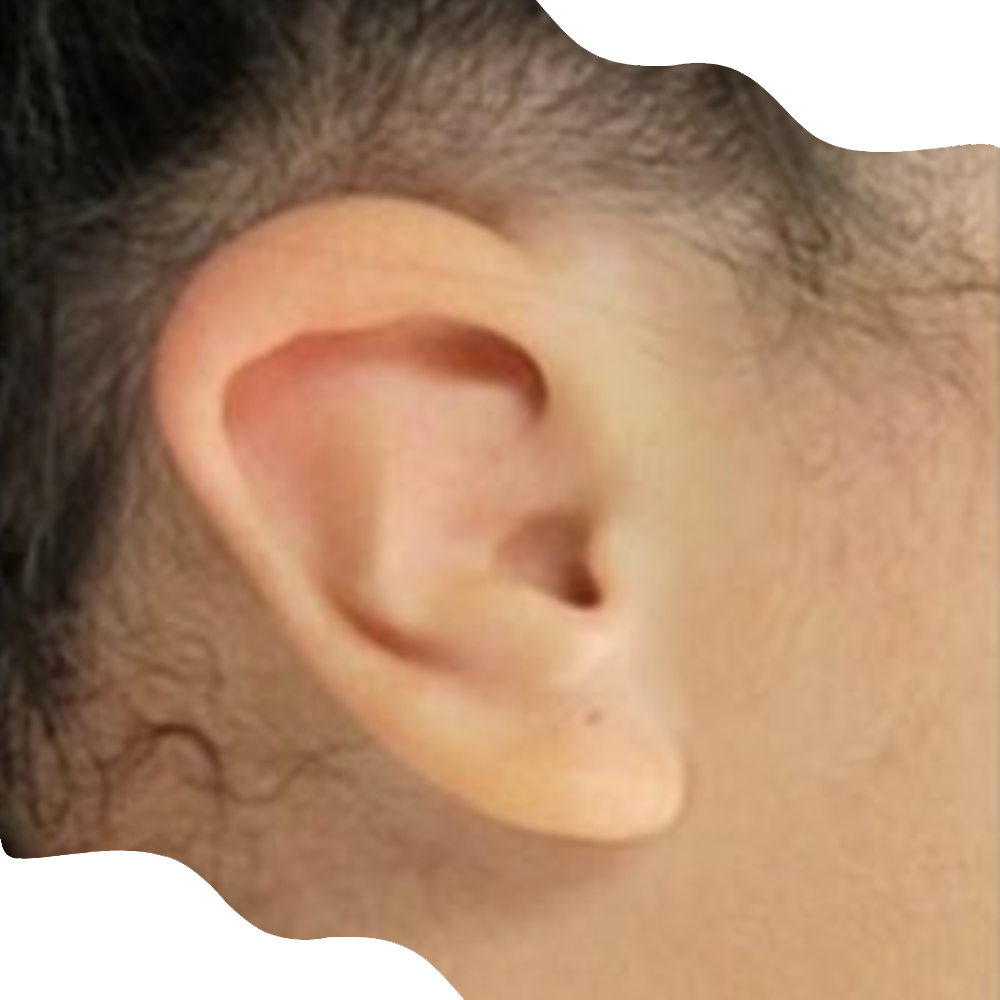Microtia
what to do

Microtia
what to do
SCROLL
How can microtia be treated?
Unfortunately, in the case of microtia, treatment with the EarWell® system is not possible. In all cases, an otolaryngologist and/or pediatric audiologist is consulted to evaluate the inner ear and determine if hearing loss is present. The recommended treatment for microtia is usually a collaborative effort among a team of pediatric experts (in addition to the ENT physician, an audiologist, geneticist and plastic surgeon may also be involved). Basically, it depends on the severity of the condition.
For patients with hearing loss, traditional hearing aids may be used, or a bone anchored hearing aid (BAHA) may be surgically implanted, which transmits sound through the existing bone. Cochlear implants are also an option to improve hearing loss. These can be of great benefit for speech development. For patients with conductive hearing loss, surgery may also be performed to improve hearing.
In grade 1 microtia cases, where there is no hearing loss, no treatment may be needed. In most cases of microtia, surgical ear reconstruction is the recommended treatment option for the outer ear deformity. Surgical reconstruction is usually not performed until the child is between four and ten years old, meaning the unaffected ear has reached maturity. The most severe grade 4 (known as anotia) is characterized by the complete absence of the outer ear. You can read more about anotia here.